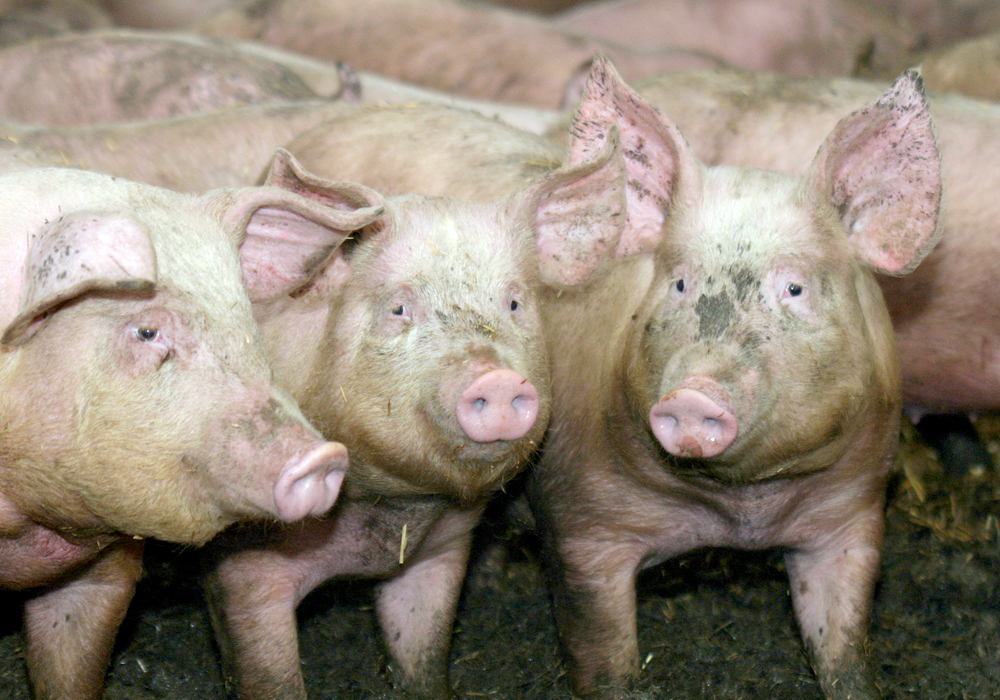You’d think it’d be easy to spot an enormous balloon floating over your sensitive bits, threatening your security and welfare.
But in identifying a Chinese spy balloon, apparently as big as three school buses wafting high above North America and heading toward the nuclear missile fields of Montana, these things can be hard to spot and harder to know what to do about.
Farmers face the same sort of challenge in attempting to spot risks and figure out what to do about them, as did our friends in NORAD during the recent balloon invasion, an even more entertaining spectacle than Rihanna’s half-time Super Bowl show.
Read Also

Government, industry seek canola tariff resolution
Governments and industry continue to discuss how best to deal with Chinese tariffs on Canadian agricultural products, particularly canola.
For farmers, the seldom-spotted risks can destroy a lot of profitability. Yet they may not be dramatic enough to spark a lot of thought.
That would be a mistake, according to analysis by hog production analyst John Deen highlighted during the Manitoba Swine Seminar in Winnipeg. Farmers can think they’re doing well in terms of production and profit, but hidden within the clouds of averaged data can be profit-killers that have a massive impact on a farm.
Deen, from the University of Minnesota’s College of Veterinary Medicine, thinks we shouldn’t be focusing on average production results, such as the “average pig,” but instead be looking at the low-performing elements of production and doing everything we can to eliminate them. That will have a bigger impact on increasing average production than just boosting the results of the average unit.
In terms of final production, a low-performer might not look too far out of line with average or better animals, but in terms of profitability, the weak individual’s poor growth, bad feed efficiency and damage to herd uniformity can be extremely costly.
Throughout the Manitoba Swine Seminar, similar observations were made about the impact of low birthweight pigs. They not only start off small, but they tend to consistently suck away the efficiency of the herd. When rolled into the average, they don’t seem like a big deal. When they’re separated out, they glow like a red stop light.
Most of you aren’t hog farmers, but these principles apply to many elements of farm production, marketing and management. We like to focus on what we’re good at and try to get even better at those things. It might not seem worthwhile focusing on the negative outliers that aren’t representative of the crop, the herd or the business.
However, price minus production cost equals profit and each unit adds to the total. The profit from a lot of average units can be negated by the losses from a bad unit. In the end, there’s just one profit or loss, and that can depend more than we want to believe upon those few loss-makers we don’t like thinking about.
Agriculture is a form of manufacturing and there will always be defective units and glitches within the system. But farming can have a lot more defective units and glitches than other manufacturing processes. Instead of producing a typical bell-curve, with most units being in the middle and equal but small amounts on the bad and good tails of the curve, farming can be skewed to the negative. There’s a fat tail to the left.
“We end up with more tail-enders,” said Deen.
Pushing the centre of the curve further to the right seems like the natural thing, but when you’re in a business that has to drag a fat tail behind it, it might make sense to spend more time trying to skinny-up that tail.
Shooting down high-altitude balloons sounds exciting and bold, if bizarre and a touch silly. That’s why we’re all talking about this.
Turning our radars earthward onto our fields and barns to catch concealed profit threats won’t get many people chattering, but it could be the key to protecting that bottom line from nefarious threats.


















